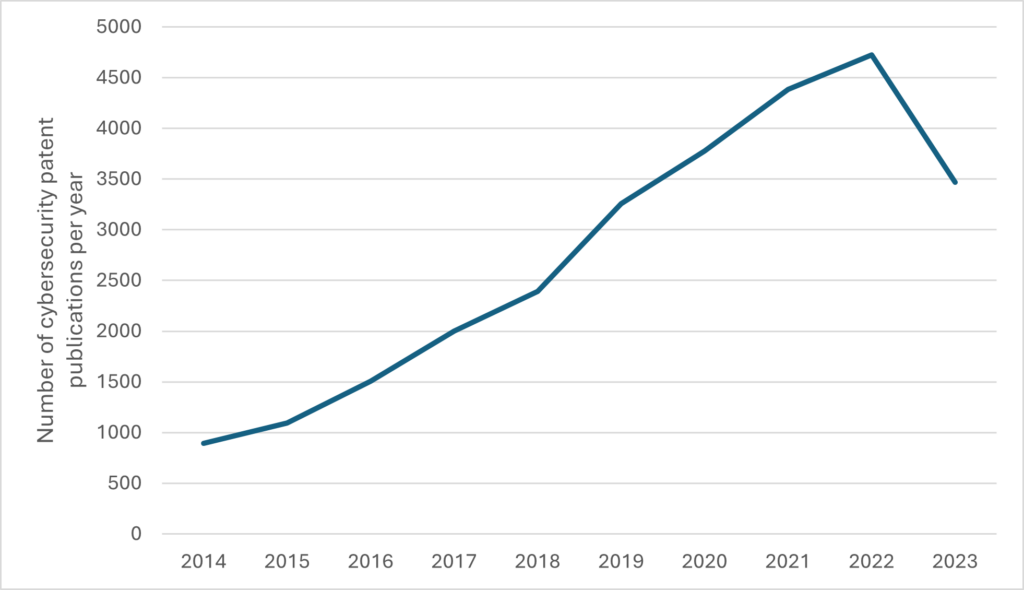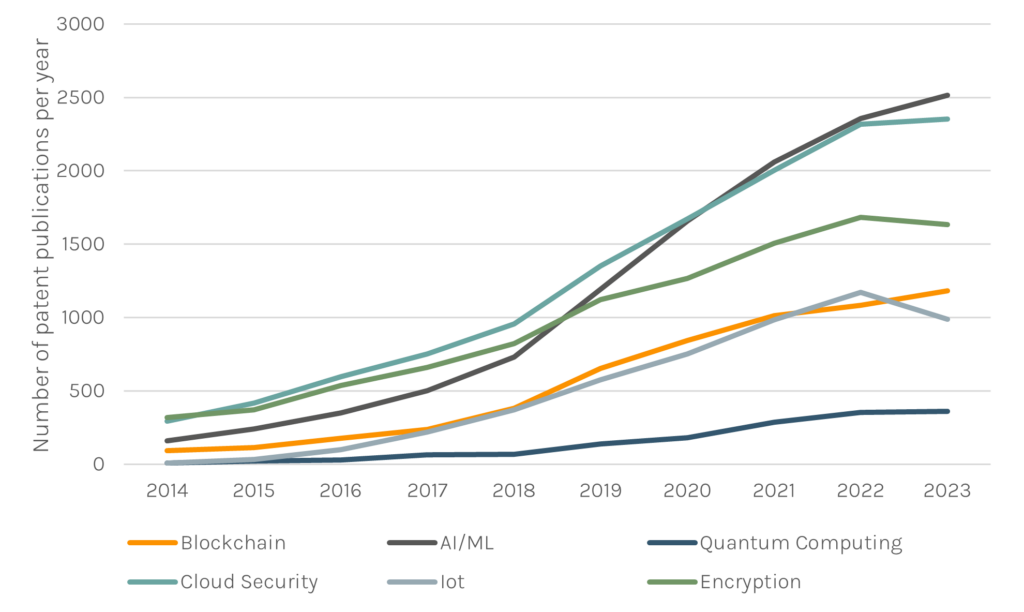02/10/2024
Driven by the urgent need to mitigate climate change, the European Commission has set ambitious targets to reduce net greenhouse gas emissions by 90% by 2040, aiming for climate neutrality by 2050. With this shift towards sustainable energy systems employing renewable sources, and away from traditional coal, oil and gas, the UK’s renewable energy capacity has increased almost tenfold between 2007 and 2022.
Digitalisation of energy systems
Matching this trend is an increasing reliance on digital technologies as energy infrastructure becomes more digitally focussed and interconnected. Innovations in energy storage, smart grids, the Internet of Things (IoT), and Artificial Intelligence (AI) are key drivers of this transformation. These advancements allow for more efficient energy management, improved integration of renewable sources, and more reliable electricity distribution. For example, AI-powered smart grids facilitate the intelligent flow of energy and data between providers and consumers, and the dynamic balance of supply and demand, enhancing grid stability and proactive maintenance of infrastructure.
However, as energy systems become more interconnected and reliant on digital infrastructure, the potential attack surface of these digital environments expands significantly. Such increased connectivity introduces new vulnerabilities. The various technologies that make the energy transition possible are also the ones that expose it to unprecedented risk of cyberattack.
Cyber threats to the energy sector
The critical nature of the energy sector makes it a prime target for cyberattacks. These threats are varied and can have potentially devastating consequences. From ransomware attacks that lock down systems and demand payments, to phishing schemes that exploit human error, the methods employed by cybercriminals are evolving in both complexity and frequency.
Moreover, the interconnected nature of modern energy systems means that an attack on one part of the system can have cascading effects. A cyberattack on a single component, such as a power plant or a distribution network, can potentially disrupt entire regions.
Innovative solutions
Innovation in cybersecurity is critical to the success of the energy transition addressing the evolving threats and mitigating potential attacks that come with the increasing digitalization of energy systems. A steady increase in number of cybersecurity patent publications over the past 10 years reflects the growing importance and complexity of protecting digital systems, in view of the proliferation of cyberthreats. Taking the number of patent publications as a proxy for commercially important innovation, Figure 1 below shows a sharp increase in patent publications in the cybersecurity field over the past decade, while Figure 2 shows how various technology subfields contribute to the bigger picture.


Noting that the reduction in 2023 publications is directly attributable to the global impact of Covid 19, the accelerated innovation in this area remains clear and critical.
Perhaps unsurprisingly, applications relating to AI or machine appear as a key contributor.
AI is key to smart grid security, enhancing threat detection by analysing data from smart grids to identify cyber threats. Alongside this, AI-driven analytics predict equipment failures, minimizing disruptions and reducing the impact of cyberattacks on infrastructure.
A similarly large number of filings relate to cloud security, as energy companies consider the technical innovations needed to protect data and applications they move operations to the cloud.
Blockchain also stands out as a significant technology area. By creating immutable records, blockchain technology ensures that energy components remain secure throughout the entire supply chain, from generation to distribution.
Although the numbers are smaller, patent filing statistics reveal the emerging importance of innovations related to quantum computing. As quantum computers mature, they may be capable of breaking many of the cryptographic algorithms currently used to secure communications. These classical algorithms rely on mathematical problems that are difficult for classical computers to solve but could be efficiently tackled by a powerful quantum computer. Post-Quantum Cryptography (PQC) is an important emerging field, focused on developing quantum-resistant algorithms that can withstand the potential threats posed by quantum computing.
The patent system plays a key role in incentivizing all of this innovation. In providing the potential for commercial reward, patents encourage investors and innovators to invest in research and development, knowing that they can protect and potentially profit from their technological advancements. Cybersecurity innovations, such as advanced threat detection algorithms, encryption technologies, and anomaly detection systems, can all be protected by patents, ensuring that creators maintain exclusive rights to their inventions.
Conclusion
As the energy sector continues to evolve toward a more sustainable and interconnected future, the importance of robust cybersecurity cannot be overstated. Protecting digital infrastructure from evolving cyber threats is essential to ensuring the success of the energy transition. Innovation in this area is critical, and securing these advancements through intellectual property rights is an important consideration for innovators.
If you have questions about how to protect your innovations in this field, we encourage you to reach out to the skilled team of patent attorneys at Reddie & Grose. Our attorneys understand the intricacies of these technologies and are well-equipped to help you navigate the complexities of patent protection.
Read the next article of our Digitalisation Mini-Series here: ‘Generative AI and Renewable Energy’
This article is for general information only. Its content is not a statement of the law on any subject and does not constitute advice. Please contact Reddie & Grose LLP for advice before taking any action in reliance on it.



